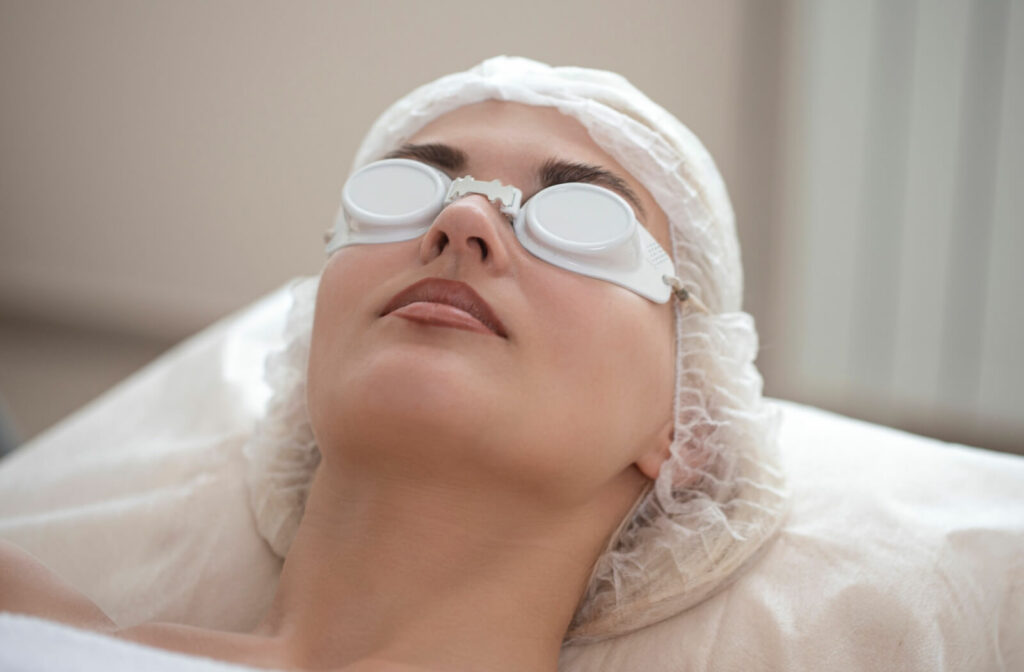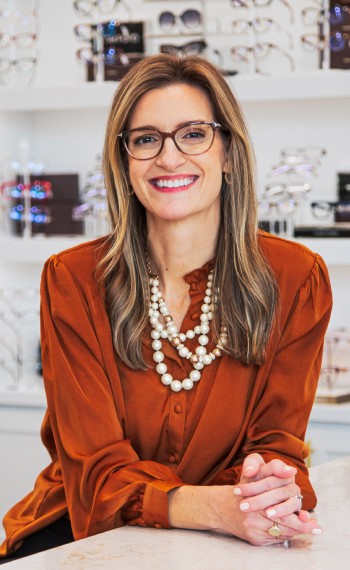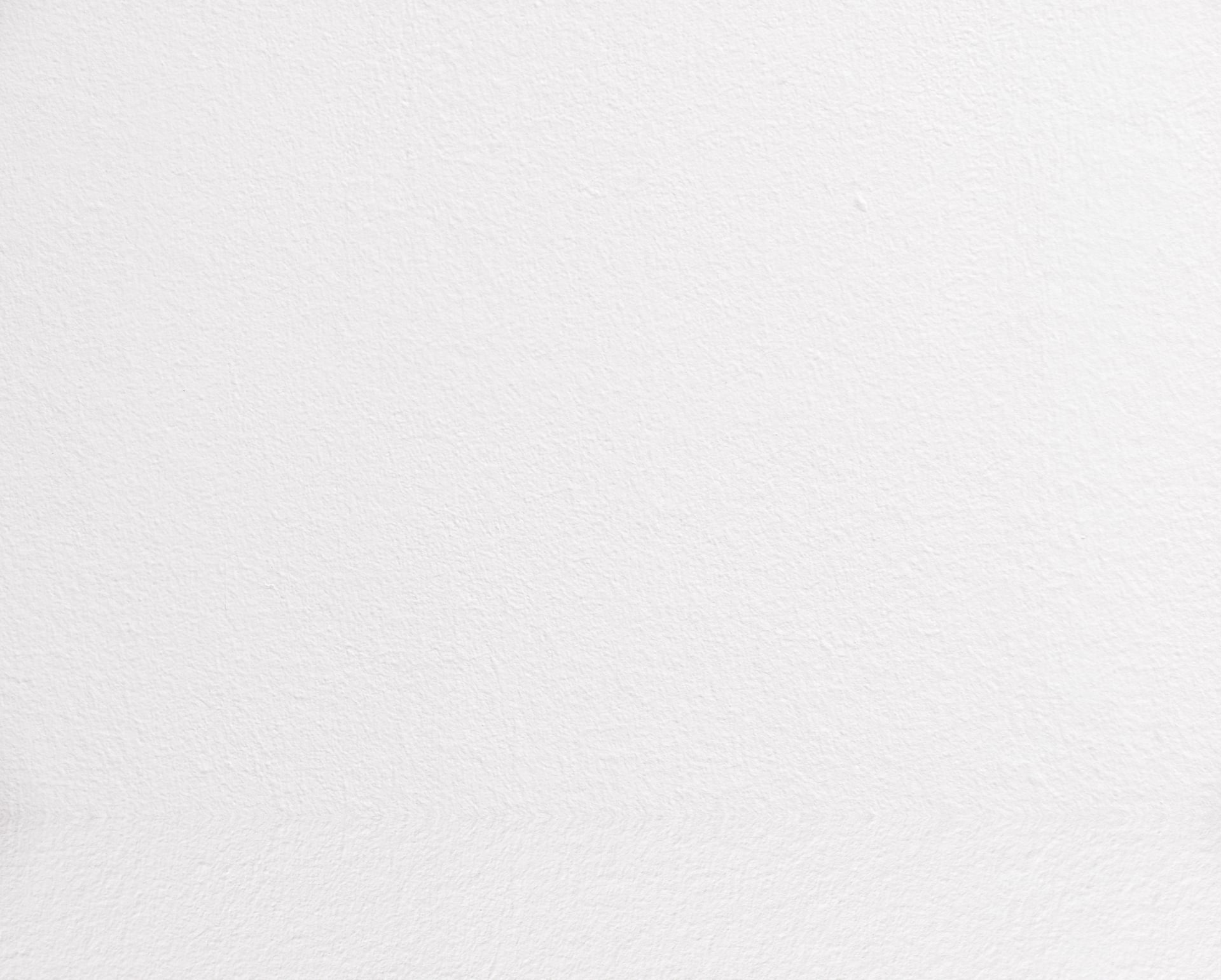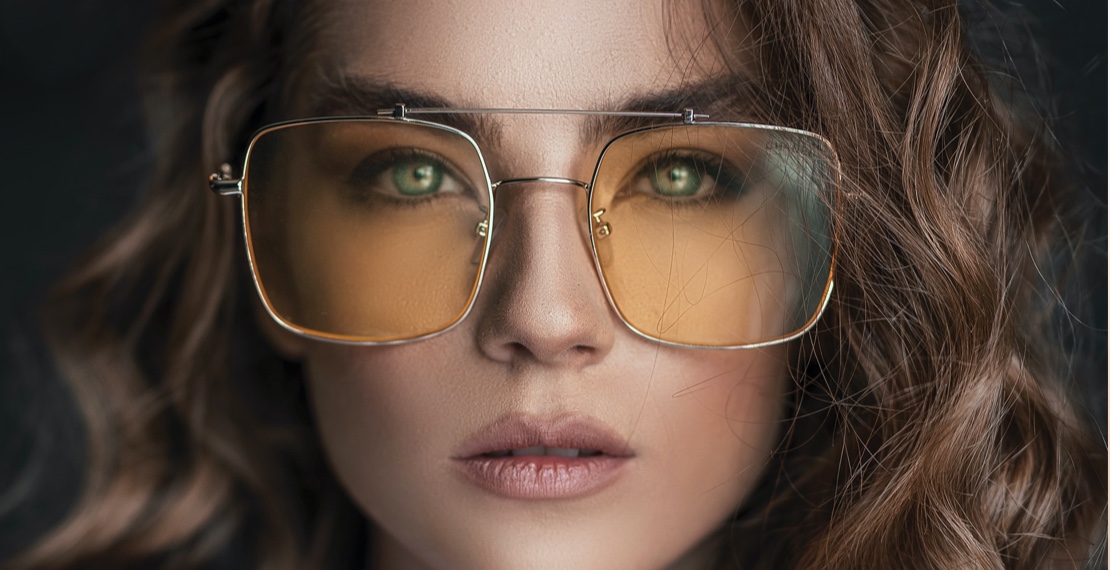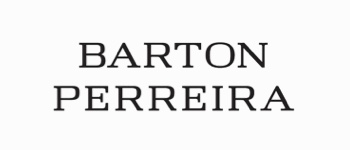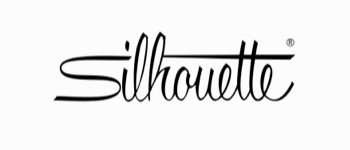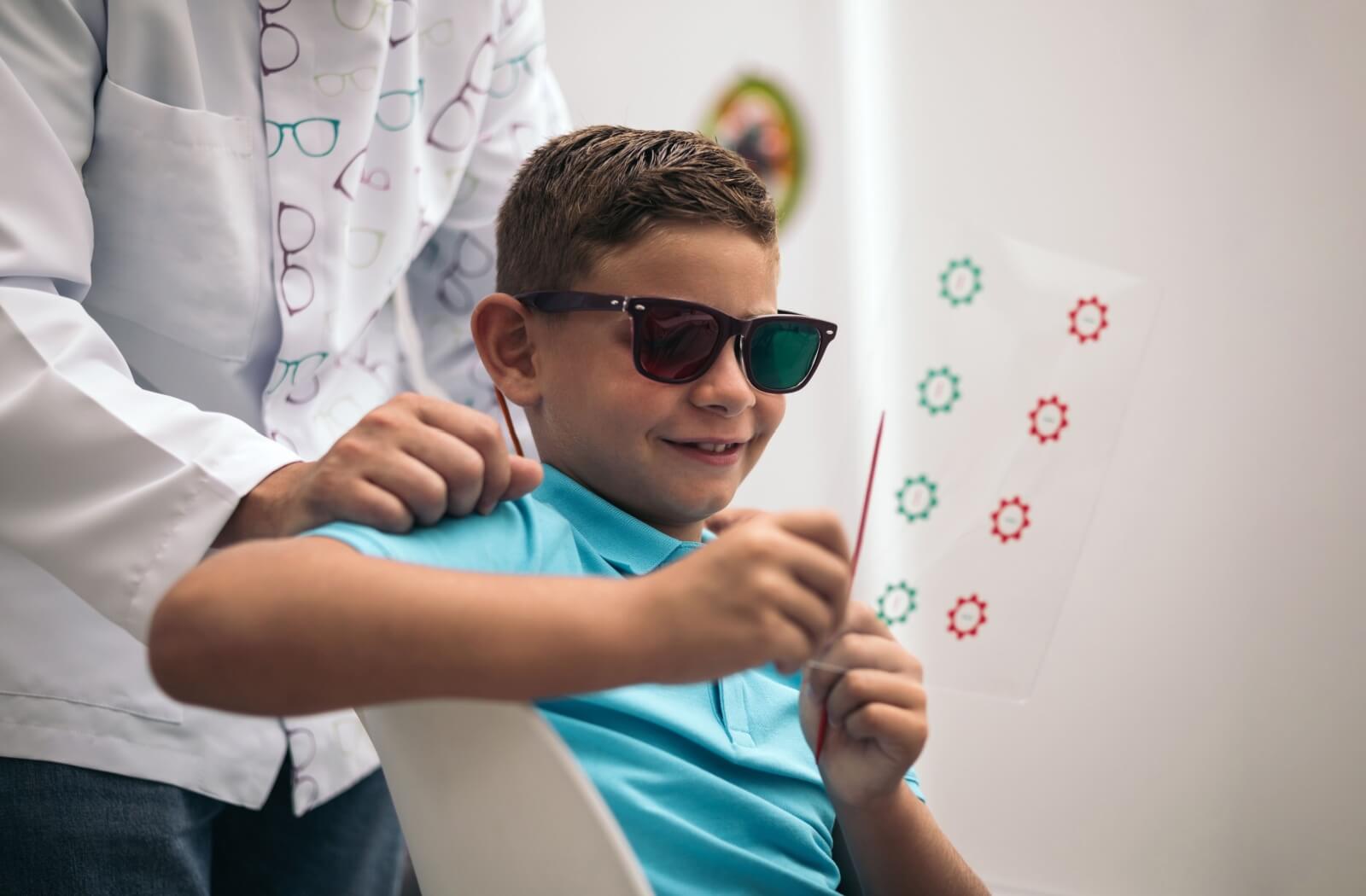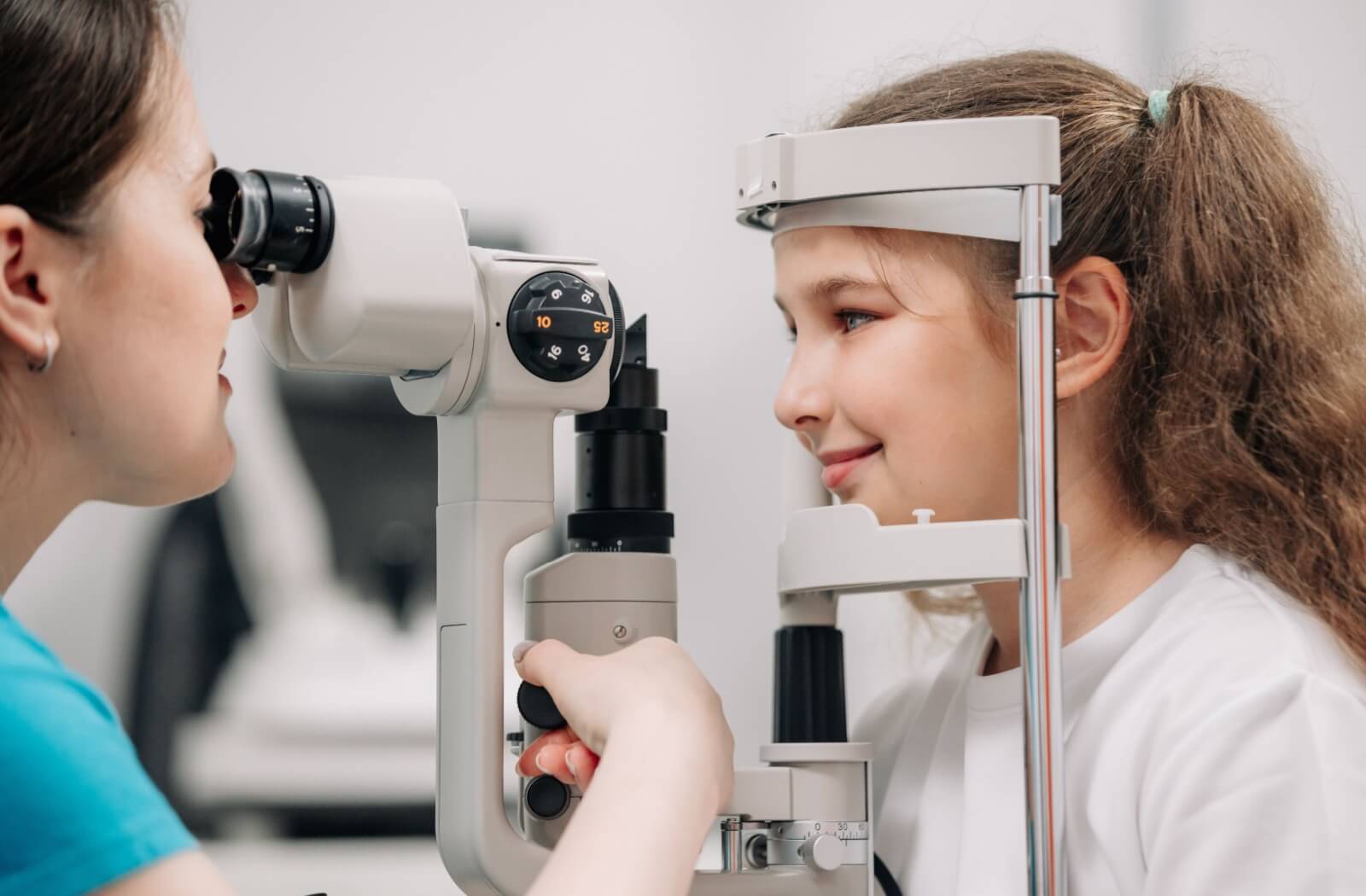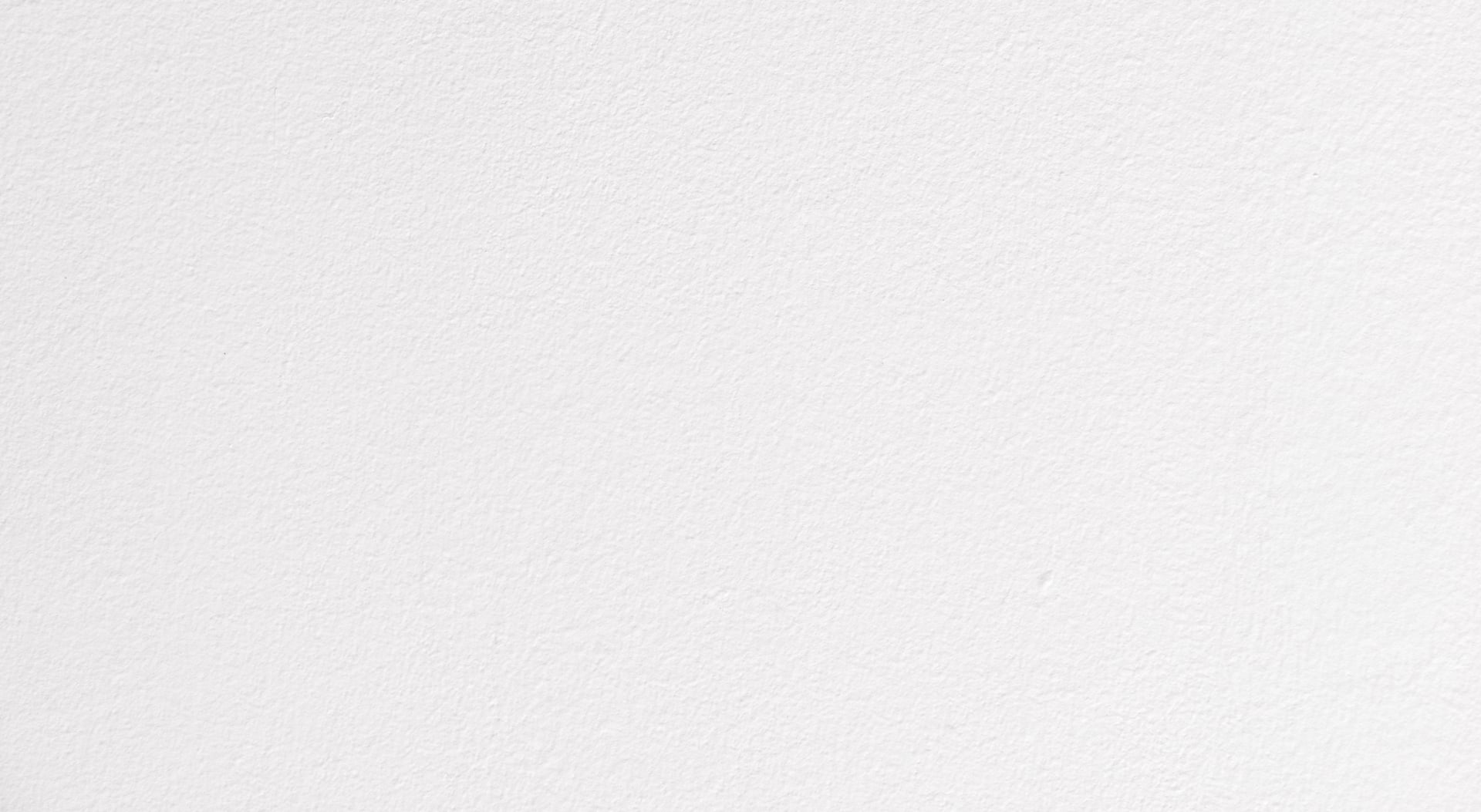After practicing optometry for 15 years, I never would have imagined that I would find myself struggling with my own dry eye disease. After LASIK surgery in my 20’s, I had mild to moderate symptoms and occasional “flare ups” over the years. I followed my own recommendations and used preservative free artificial tears, made sure my eye makeup was taken off at night and took my omega-3 supplements daily. I was a good patient and was compliant…regardless, my symptoms continued to worsen.
Like most of my patients, I spend a majority of my day charting and working long hours on the computer. My visual demands created increasing discomfort throughout the day. I grew intolerant to wearing contact lenses, wearing eyeliner and even some cosmetics. My eyes were red and dry despite using drops. Interestingly enough, the most bothersome symptom was that my vision would fluctuate as I would blink, creating blurry vision throughout the day.
Sometimes doctors are not the best patients, but when something gets bad enough, you’ll start trying to find the solution.
After immersing myself in dry eye education and learning from some of the best practitioners around the country, I started to understand not only the disease process on a higher level, but why some of my patients were still struggling despite what I thought was the best treatment for them.
Now I truly understand that dry eye disease is a lifelong condition that must be managed appropriately in order to preserve comfort and clear vision. It has prompted me to become more proactive with patients, and now if I see early signs of dry eye I start the education and treatment process sooner. .
Fortunately for those who have struggled with dry eyes, there is a treatment option that is not just an eye drop. Several years ago, the FDA approved Intense Pulsed Light (IPL) treatments for use around the eye. IPL effectively reduces inflammation and improves symptoms associated with ocular rosacea, blepharitis, and meibomian gland dysfunction. IPL targets the root cause of inflammation and improves tear osmolarity, tear stability and helps reduce blocked glands associated with evaporative dry eye. Unlike other treatments that are drop – based, IPL treatments are a safe option to decrease the need for eye drops and improve ocular comfort.
What Is Evaporative Dry Eye?
For patients who struggle with dry eye disease, you know how frustrating and uncomfortable it can be. Symptoms of dry eye can include burning, watering, itching, foreign body sensation, irritation, redness, and fluctuating or blurry vision . These symptoms cause discomfort and can disrupt quality of life. While there are a plethora of options for treatment including artificial tears, eye masks and prescription eye drops, many people continue to experience persistent symptoms and frustration as the disease progresses.
While there are a few different types of dry eye, one of the most common is evaporative dry eye. This type of dry eye can occur when the tear film evaporates too quickly, leading to dryness and exposure of the ocular surface. This tear film instability can lead to discomfort, burning, watering and fluctuating vision.
Causes of Evaporative Dry Eye
Evaporative dry eye is often caused by a blockage or dysfunction of the meibomian glands, known as meibomian gland dysfunction (MGD). These delicate glands are located within the upper and lower eyelids and are responsible for producing the top oil layer of the tear film. With every blink, a new layer of tear film is spread across the ocular surface. The outermost layer, which is made of oil, is vital to preventing evaporation and maintaining ocular comfort.
The tear film is comprised of 3 layers:
- Outermost – oil layer
- Middle – water layer
- Innermost – mucin layer
When the meibomian glands aren’t functioning properly, the oil within the glands can become thicker and stagnant leading to inflammation, dryness, and irritation. MGD can be caused by a variety of factors, including:
- Rosacea – including both facial and ocular
- Age
- Hormonal changes
- Environmental factors
- Prolonged screen time
- Incomplete blinking
- Contact Lens Wear
- Poor Eyelid Hygiene
- Certain medications – Accutane
- Genetics
Symptoms of Evaporative Dry Eye
The symptoms of evaporative dry eye include:
- Blurry vision
- Fluctuating vision
- Itching
- Redness
- Excessive tearing
- Pain or difficulty opening eyes in the morning
- Debris or discharge around the eyes
- Stinging, burning, or scratching sensation
- Sensitivity to light
- Discomfort while wearing contact lenses
If you experience any of these symptoms, it’s essential to let your optometrist know your concerns during your comprehensive examination. Further testing can help diagnose the specific type of dry eye and best treatment options for you. Treatment Options
Treatment options for dry eye include several approaches, such as lifestyle changes, over the counter drops, prescription medications, and in-office procedures.
Some popular at-home dry eye relief options include:
- Warm compresses and eyelid massages
- Omega-3 supplements
- Prescription or over-the-counter eye drops
In-office procedures such as IPL therapy can improve meibomian gland dysfunction and provide longer-lasting relief over home remedies alone.
What Is OptiLight by Lumenis?
OptiLight Intensed Pulsed Light (IPL) by Lumenis is a light-based, noninvasive in office treatment that requires little to no downtime. The main areas of treatment are the upper and lower eyelids, where the meibomian glands reside. Although the main focus of treatment is the eyelid area, it is imperative to treat any ongoing facial rosacea as that contributes to the inflammatory process of dry eye disease.
OptiLight IPL is the first FDA approved treatment for dry eye. The treatment is safe, gentle, and is backed by more than 20 clinical studies.
How Does It Work?
OptiLight technology utilizes specific wavelengths within precise pulses of light to reduce the inflammation that is associated with dry eye disease. IPL reduces the bacteria associated with blepharitis, kills demodex mites and stabilizes tear film by improving meibomian gland function.
This application can significantly relieve dry eye indicators and has a multi-factorial effect, including:
- Increasing tear break-up time
- Reducing the amount of Demodex mites and bacteria living around your eyes
- Eliminating blood vessels that contribute to inflammation
- Improving meibomian gland functionality
What to Expect During an IPL Treatment?
IPL is a safe in office procedure that requires little to no downtime. Prior to your first treatment, an extended dry eye examination and comprehensive skin typing assessment will be performed. During the procedure, your eyes will be covered with laser grade shields to protect the ocular structures and a thin layer of cooling gel is applied to your skin.
During the procedure, you will see flashes of light as the IPL pulses and will feel a “snapping” sensation that is entirely normal. The session usually takes less than 30 minutes, and many people can go about their day as usual immediately afterward.
Most patents benefit from a series of 4 treatments of IPL. Patients with more significant rosacea or dry eye may require additional sessions in order to improve and restore meibomian gland function. Maintenance sessions every 6 months are recommended in order to maintain gland function and comfort. In addition to improvements in ocular comfort, IPL also stimulates the collagen and elastin production of the skin, decreases sun spots, freckles and improves telangiectasia associated with rosacea which create an overall more youthful look.
Alternative In-Office Treatments for Dry Eye
other in-office treatments for dry eye include:
iLux
A handheld device to target meibomian gland dysfunction, iLux uses thermal technology and gentle compression to unclog and remove old oil buildup. 2 soft pads are placed on the eyelid to target gentle heat and pressure to the meibomian glands. This combination of thermal treatment and expression keeps treatment short—each session takes 8–12 minutes to complete, on average.
TempSure Envi
The TempSure Envi Radiofrequency (RF) treatment is effective at unblocking the delicate meibomian glands that can contribute to dry eye. Using monopolar energy, heat is safely delivered to the dermis along the upper and lower eyelids, effectively melting any solid or blocked meibomian glands. TempSure Envi is a noninvasive procedure that is safe for all skin types. Patients also experience aesthetic benefits as well since RF stimulates collagen production in the skin and reduces the appearance of fine lines and wrinkles. Patients can elect to have treatment performed to their entire face for improvement in wrinkles, skin elasticity and rejuvenation.
Zest
Prior to your first IPL treatment, the lids and lashes are cleaned using the Zocular Eyelid System Treatment (Zest) which reduces the bacteria associated with blepharitis, kills demodex mites and eggs which improves inflammation and dry eye symptoms. The treatment is performed in the office, is very comfortable and requires no down time. Patients with chronic blepharitis benefit with ongoing at home eyelid maintenance and annual in office Zest Treatments.
Achieve Dry Eye Relief with IPL
If you are one of the millions that suffer from dry eye disease, sometimes the most difficult part is finding a doctor that truly understands the disease process and can offer a variety of treatment options. Having the proper diagnosis and understanding your treatment options will help you navigate the process with less frustration. After having personally struggled with dry eye for years and taking the time to really learn about the disease process has made me not only a better doctor, but has reinforced for me that relief is possible. IPL treatments have been a critical part of me finding improvement and as someone who loves to learn, it makes me excited to be able to offer this type of advanced technology to my patients. If you have concerns, please call our team at Bella Vision to schedule an appointment today.


